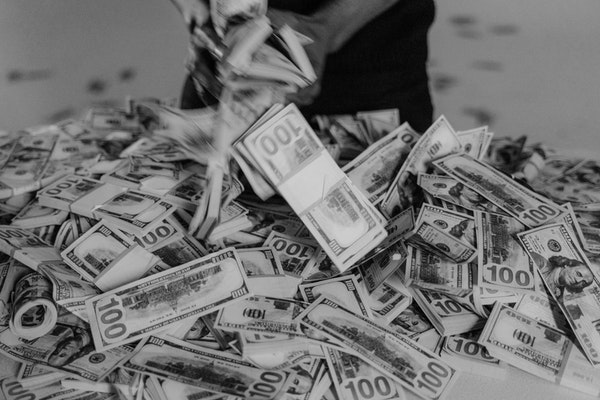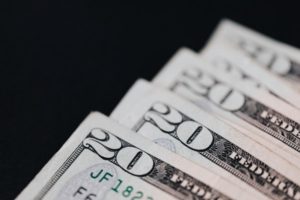You might never expect to receive a counterfeit bill. Maybe you’re not working in a business where you’re handed dollar bills in general, or maybe you just don’t think about it occurring in your daily life. But counterfeit money is certainly out there. If you receive fake money, then you’ve lost money. As a nonprofit credit counseling agency, ACCC is here to teach you how to identify a counterfeit bill, if it should find its way into your hand.
How to Spot Counterfeit Money
It is nearly impossible for someone to make an exact replica of US currency. Both the paper and the printing plates are kept under high security, and sophisticated inks, designs, and printing techniques are used. However, the untrained eye may not be able to tell the difference. Have no fear though – with our credit counseling advice, you’ll be an expert in no time. Here are some telltale signs of counterfeit bills.
- Paper texture and weight. The real paper is made from cotton and linen fibers rather than trees. You will see red and blue fibers in the paper if you look closely. Make sure they are not drawn or printed on. You will also feel the difference. A real dollar is also thinner than a replica, yet still crisp.
- Watermarks and security strips. Authentic bills of higher denominations ($5, $10, $20, and $100) have a single vertical strip woven into the paper with writing on it. Hold it up to a light and you will see. These strips will glow a certain color under black light. Each denomination strip is a different color. If the bill remains white, then it is fake. The bills also have watermarks; a hidden version of whatever portrait is featured on the bill. This is also visible when held up to light, and can be seen on both sides of the bill.
- Special ink. The ink on a dollar bill is raised, so you will feel it if you run your finger or nail over it. Money is printed in a way that digital and offset printers cannot replicate. There is also color-shifting ink, which will change color when you tilt the bill. For example, the “20” on the lower right corner of a $20 bill will appear copper straight on, but green when tilted.
- Fine details and micro-printing. US currency is very ornate in its details, as you will see very sharp, yet small lines and lettering. For example, look inside the “100” on the lower left of a $100 bill. You will see “100” repeatedly printed within the numbers. This is a very difficult detail to replicate.
It is illegal to knowingly pass counterfeit bills, so it is important to be aware if you come into possession of fake money. You will not get in any trouble as long as you do not act with criminal intent. So, do not try to use any money that you know to be counterfeit. Report it to the police immediately.
If you’re struggling to pay off debt, ACCC can help. Schedule a free credit counseling session with us today.






